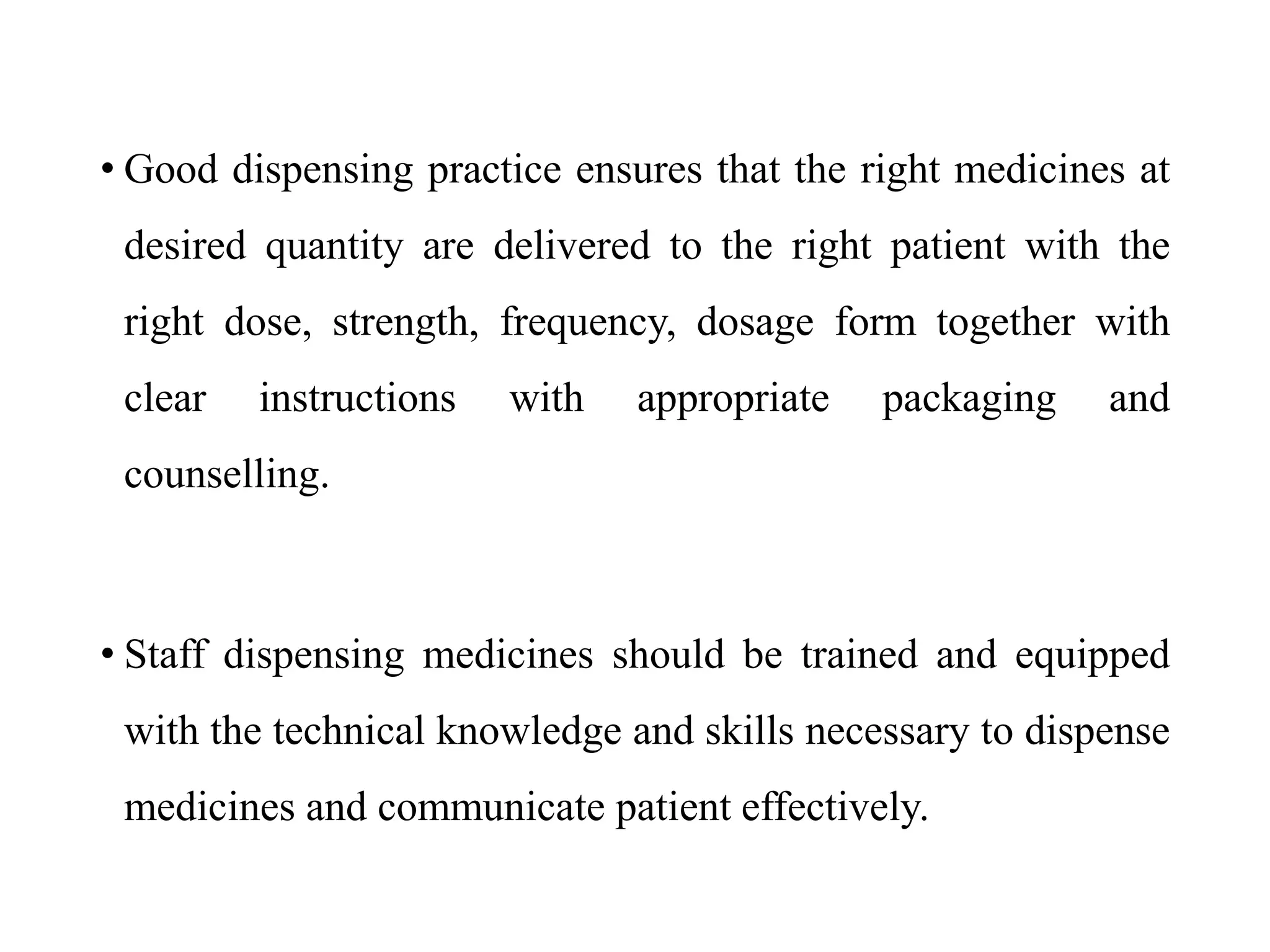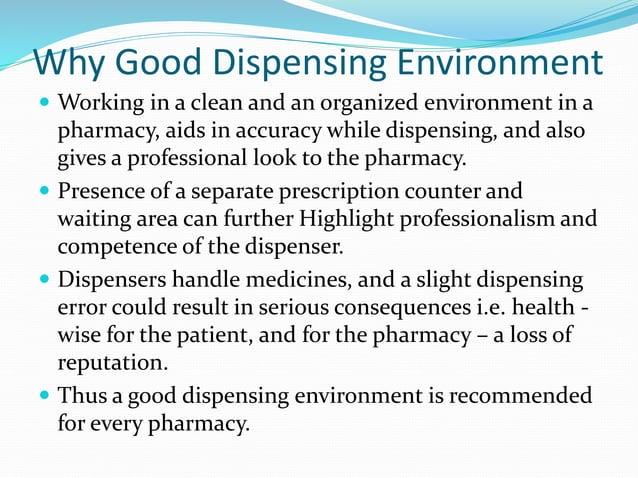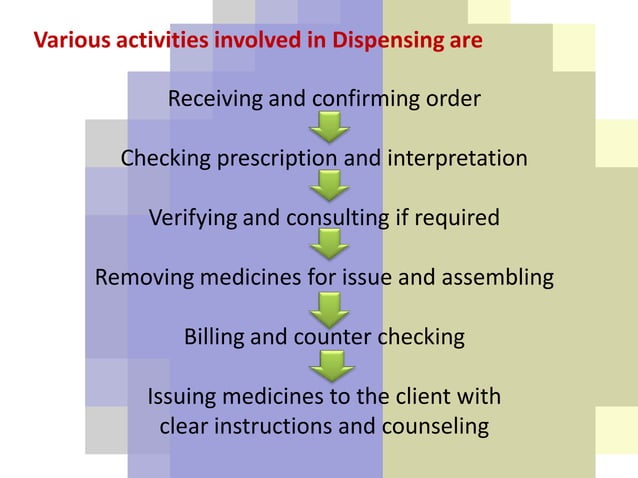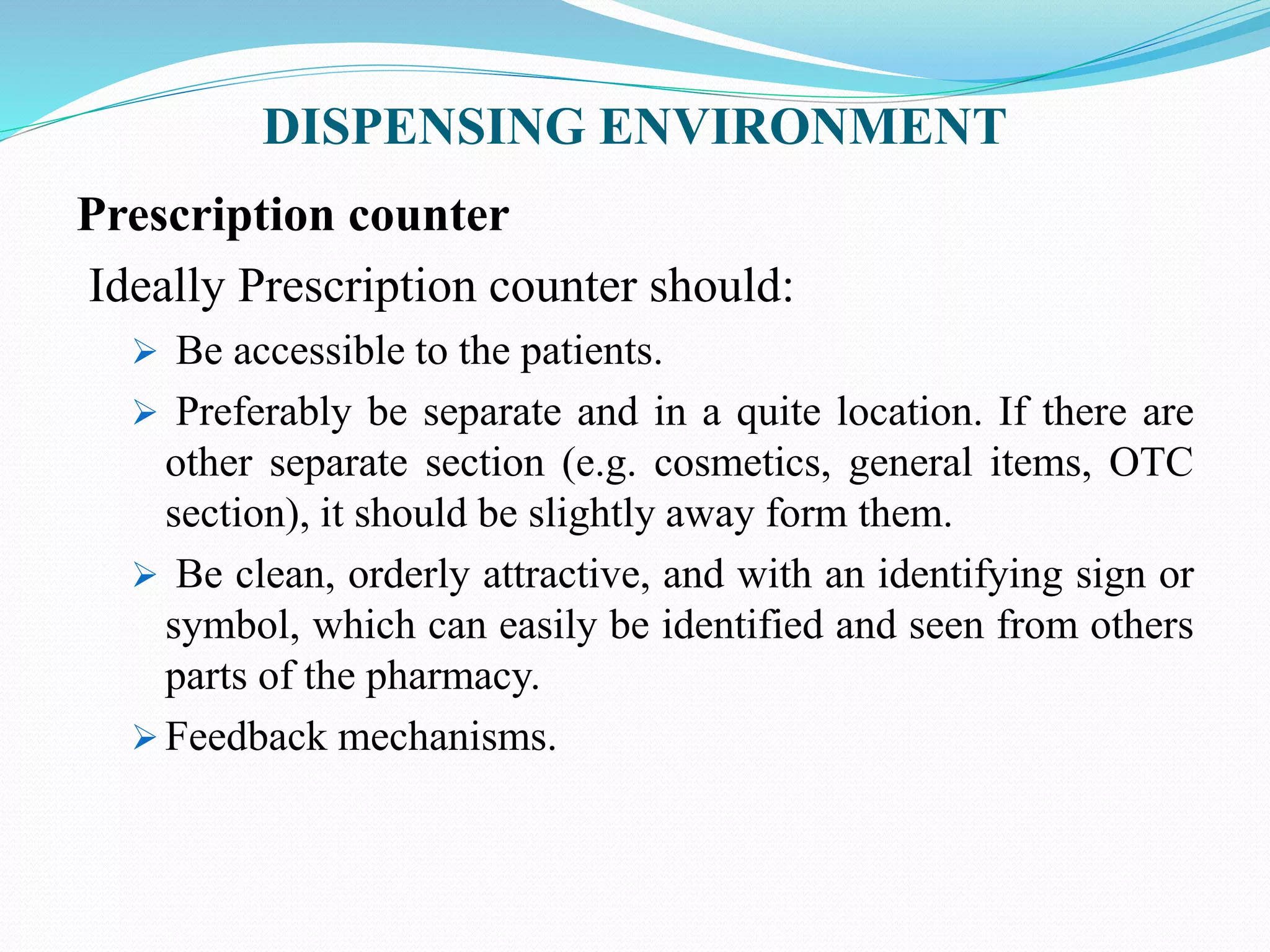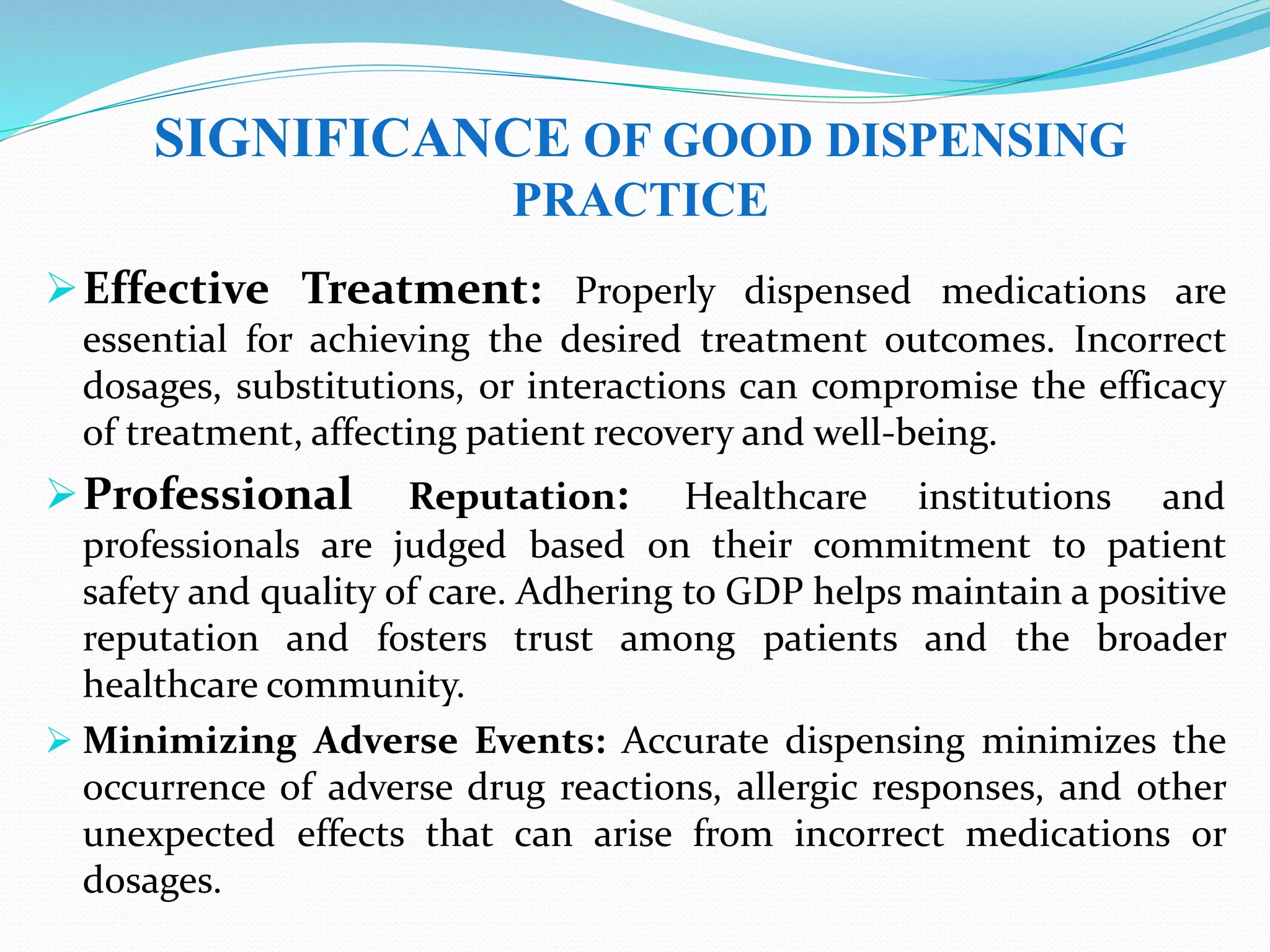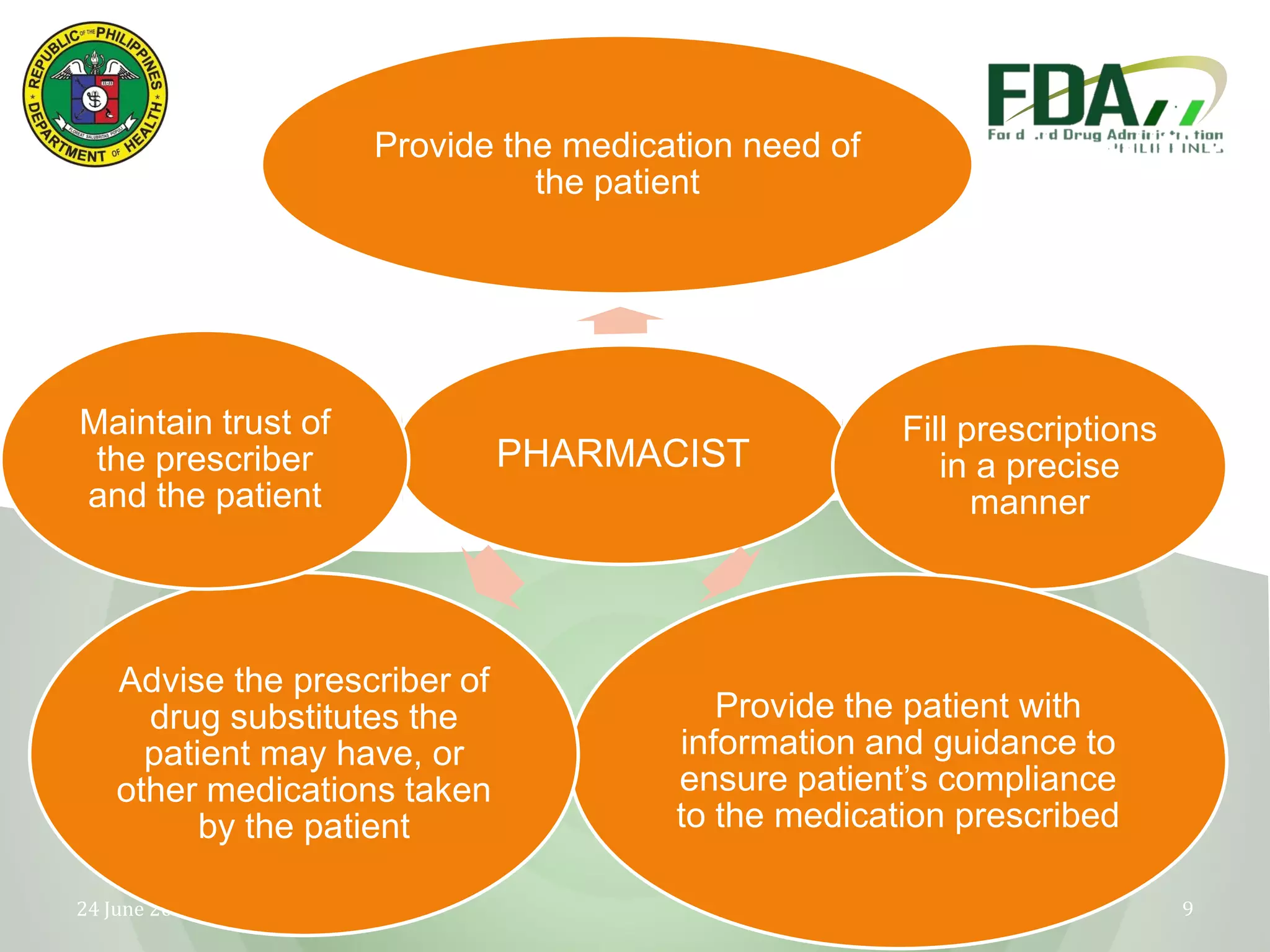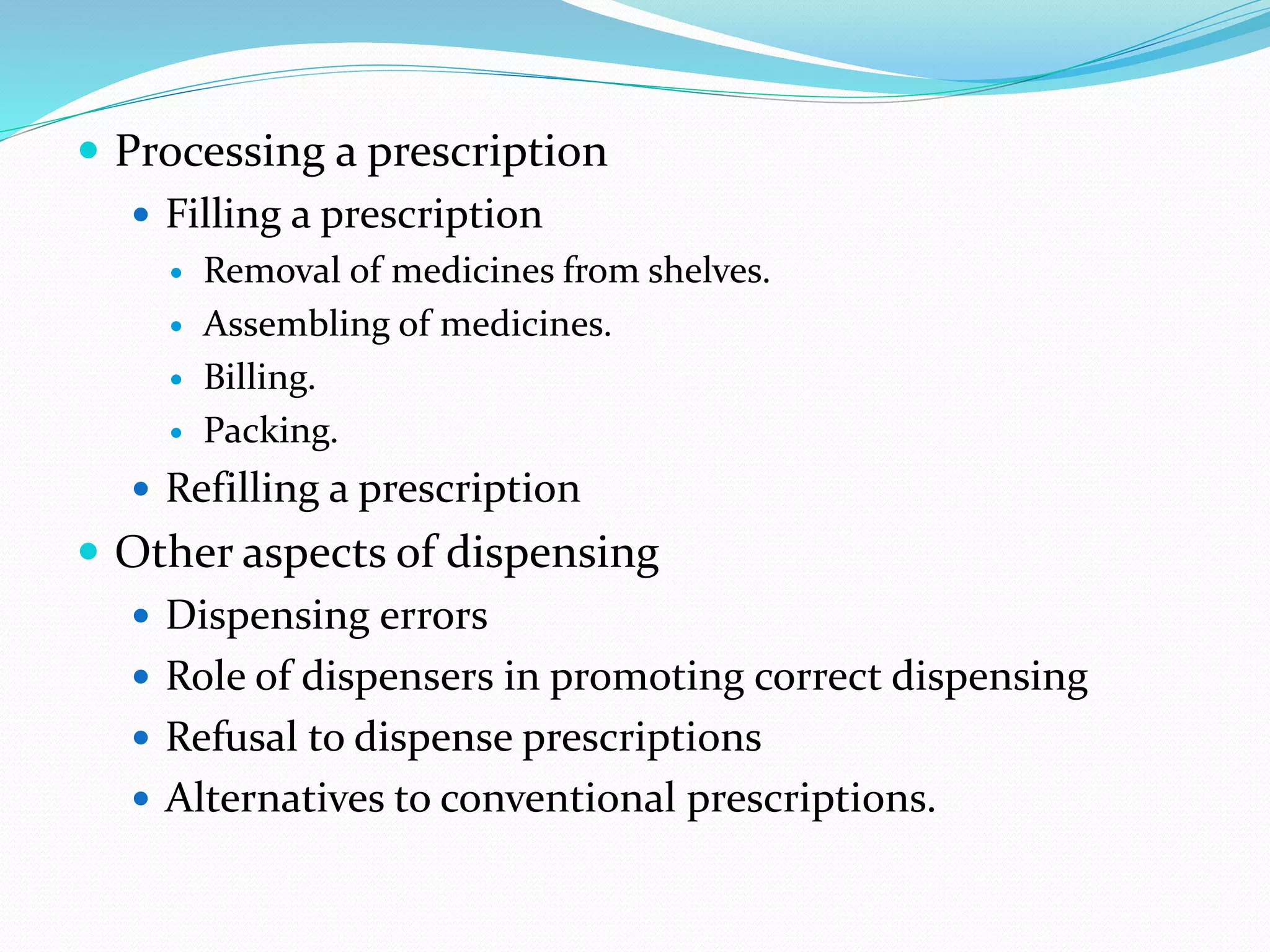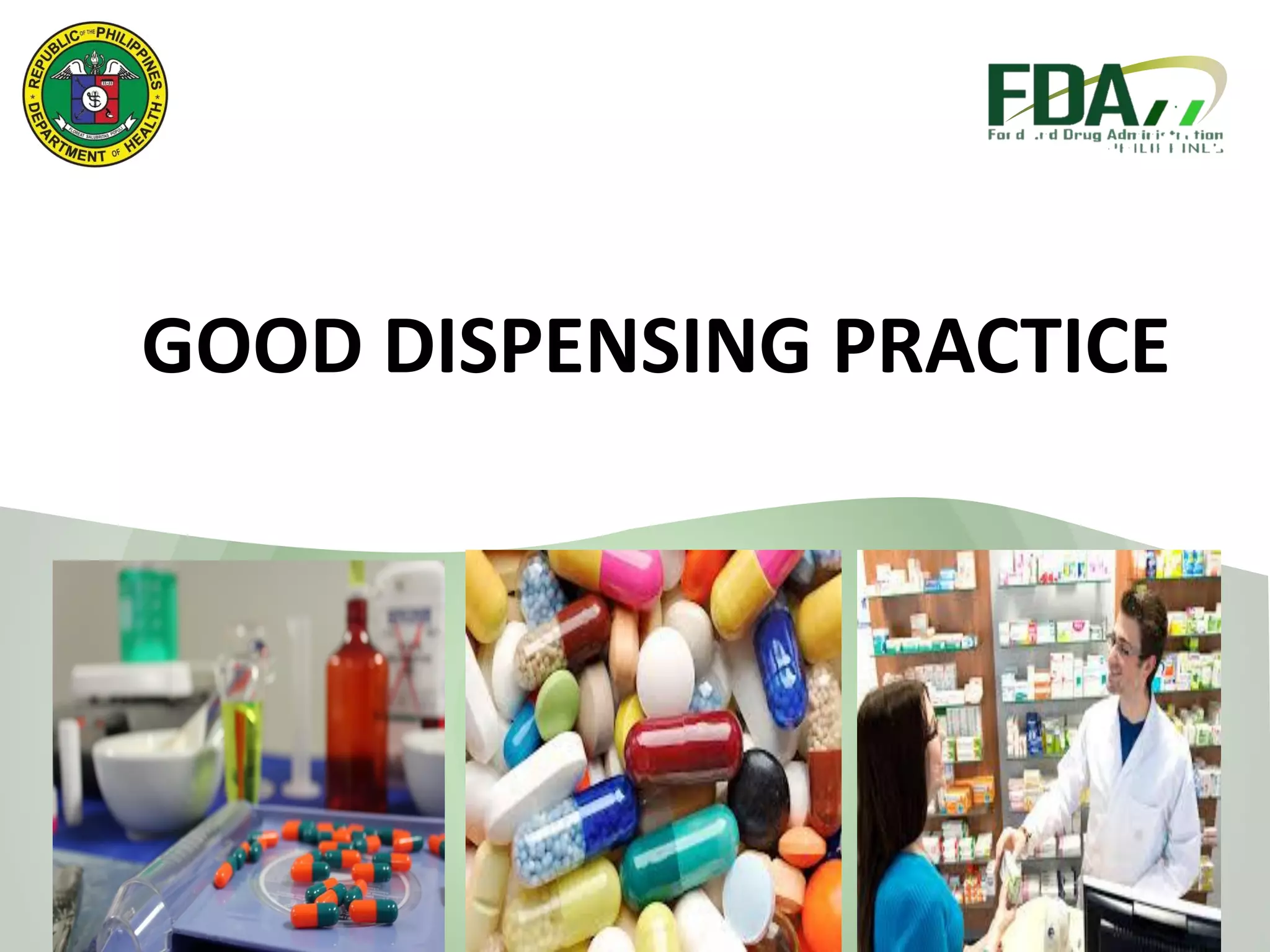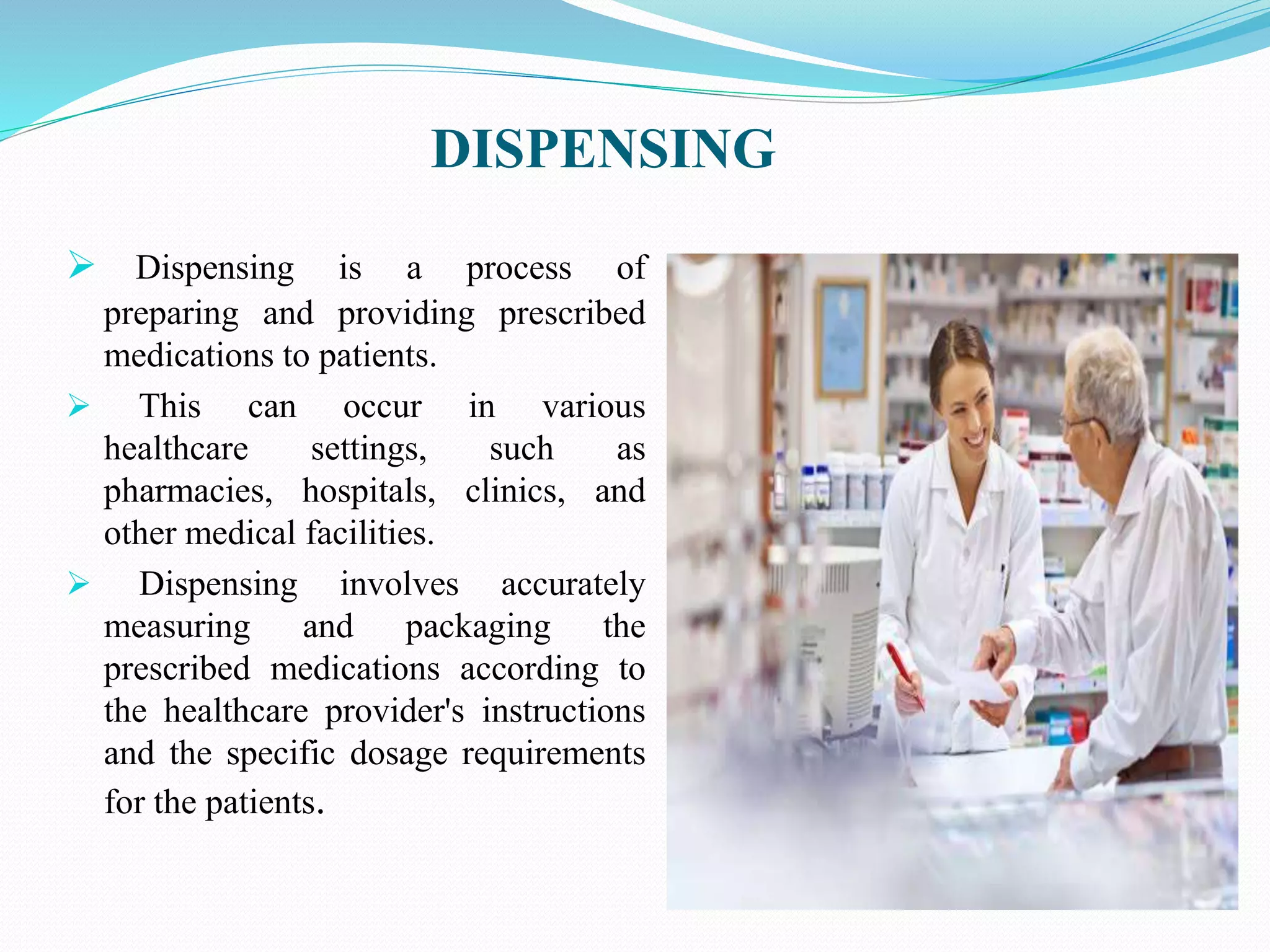Which Of The Following Practices Of Dispensing Single Service
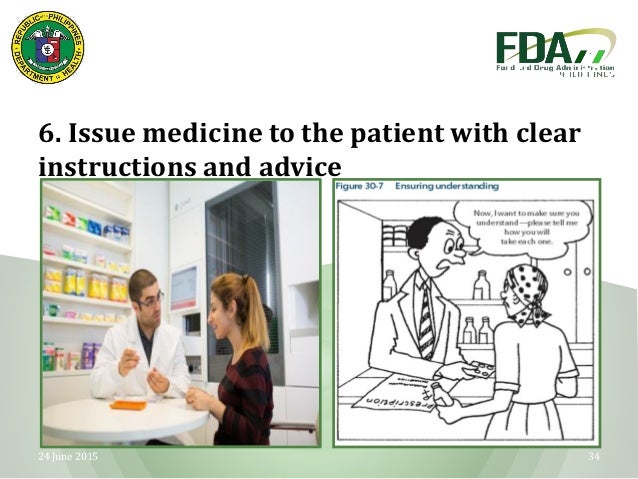
Imagine stepping into a bustling farmers market on a sunny Saturday morning. The air is filled with the aroma of freshly baked bread, ripe fruits, and strong coffee. You reach for a sample of artisanal jam, offered in a tiny, single-use plastic cup, and then grab a coffee in a paper cup with a plastic lid. It's convenient, it's quick, but as you glance at the overflowing trash bins nearby, a nagging question arises: at what cost?
The pervasive use of single-service items, from food samples to coffee cups, presents a complex dilemma. While offering convenience and hygiene, these practices contribute significantly to waste and environmental concerns. This article explores the various practices of dispensing single-service items, examining their impacts and potential alternatives as communities and businesses strive for a more sustainable future.
The Rise of Single-Service: A History of Convenience
The widespread adoption of single-service items is relatively recent, gaining momentum in the mid-20th century alongside the rise of fast food and a culture of on-the-go consumption. Before this, reusable containers and shared utensils were commonplace, a practice that minimized waste but required more effort in cleaning and maintenance.
The introduction of disposable plastics and paper products offered a seemingly perfect solution: convenience, hygiene, and lower upfront costs. As convenience became king, single-service items rapidly proliferated, becoming an integral part of our daily routines.
Single-service items initially gained popularity as a way to prevent the spread of diseases. Public health concerns about sanitation fueled their adoption in hospitals and other settings where hygiene was paramount. This perception of enhanced hygiene remains a strong driver for their continued use, even in contexts where reusable alternatives are readily available.
Common Practices in Dispensing Single-Service
The ways in which single-service items are dispensed are varied and deeply ingrained in our modern lifestyles. Here are some of the most common practices:
Food Service
Restaurants, cafes, and food trucks heavily rely on single-service packaging for takeout orders. Think of the ubiquitous polystyrene clamshell containers, plastic cutlery, and paper cups that accompany our meals on the go. Even dine-in establishments often provide condiments in single-use packets, adding to the overall waste stream.
Sampling in grocery stores and farmers markets is another major contributor. Bite-sized portions of cheese, yogurt, or dips are typically offered in small plastic cups or on disposable spoons, generating a significant amount of waste, especially during peak hours. The idea is to attract potential customers.
Catering services at events and conferences routinely use single-service plates, cups, and utensils to serve large groups efficiently. While convenient for organizers, this practice results in a massive amount of waste that often ends up in landfills.
Beverage Industry
Coffee shops are a prime example of single-service reliance. Disposable coffee cups, often lined with plastic to prevent leaks, are a staple for millions of people worldwide. The plastic lids, straws, and stirrers further add to the environmental burden.
Bottled water and other beverages are also significant contributors to single-service waste. While recycling programs exist, a substantial portion of these bottles ends up in landfills or as litter, polluting our ecosystems.
Retail and Packaging
Many products are packaged in single-use plastic containers or wrappers for protection and marketing purposes. From produce to snacks, the sheer volume of packaging materials generates a vast amount of waste.
Online shopping has further amplified the problem. Products are often over-packaged to prevent damage during shipping, resulting in a cascade of cardboard boxes, plastic bubble wrap, and packing peanuts.
The Environmental Impact: A Growing Concern
The environmental consequences of these single-service practices are undeniable. Landfills are overflowing with disposable items that take decades, or even centuries, to decompose. The sheer volume of waste is straining our waste management systems and contributing to environmental pollution.
Plastic pollution is a particularly acute problem. Plastics break down into microplastics, which contaminate our oceans, waterways, and even our food chain. These microplastics can harm marine life and potentially pose risks to human health.
“Plastic pollution is one of the most pressing environmental challenges of our time,” says the United Nations Environment Programme (UNEP).
The production of single-service items also consumes significant resources and energy. The extraction of raw materials, manufacturing processes, and transportation all contribute to greenhouse gas emissions and environmental degradation. It’s a vicious cycle of resource depletion and pollution.
Seeking Solutions: Towards a Sustainable Future
Fortunately, awareness of the environmental impact of single-service items is growing, leading to innovative solutions and a shift in consumer behavior. Many individuals, businesses, and governments are actively seeking alternatives and promoting sustainable practices.
Reusable Alternatives
The most straightforward solution is to switch to reusable alternatives. Carrying a reusable water bottle, coffee cup, and shopping bags can significantly reduce individual waste. BYOC (Bring Your Own Container) initiatives are gaining traction in various communities.
Restaurants and cafes can offer discounts to customers who bring their own containers for takeout orders. Providing reusable dishware and cutlery for dine-in customers is another effective way to minimize single-service waste. Dishwashing is not more harmful.
Compostable and Biodegradable Materials
Compostable and biodegradable materials offer a promising alternative to conventional plastics. These materials are designed to break down naturally in composting facilities or under specific environmental conditions.
However, it’s important to note that not all compostable or biodegradable materials are created equal. Some require industrial composting facilities to decompose properly, while others may not break down in all environments. It is important to have the proper disposal.
Policy and Regulation
Governments play a crucial role in regulating the use of single-service items and promoting sustainable practices. Bans on single-use plastics, taxes on disposable items, and incentives for reusable alternatives are some of the policy tools being employed around the world.
Extended Producer Responsibility (EPR) schemes hold manufacturers accountable for the end-of-life management of their products, encouraging them to design more sustainable packaging. It allows everyone to be held accountable.
Consumer Education and Awareness
Educating consumers about the environmental impact of single-service items and promoting sustainable alternatives is essential. Awareness campaigns, educational programs, and labeling initiatives can empower individuals to make informed choices.
Highlighting the benefits of reusable items, such as cost savings and reduced environmental impact, can encourage greater adoption. It should be understood why they should reduce.
Looking Ahead: A Collective Responsibility
The challenge of reducing single-service waste requires a collective effort from individuals, businesses, and governments. There is no single magic bullet, but a combination of strategies and a commitment to sustainability can pave the way for a more circular economy.
Businesses can explore innovative packaging solutions, such as edible or dissolvable materials. Consumers can embrace reusable alternatives and demand more sustainable practices from the companies they support.
As we navigate the complexities of modern living, it is crucial to prioritize environmental stewardship. Reducing our reliance on single-service items is a small but significant step towards a more sustainable and responsible future. By embracing reusable solutions and demanding change, we can help create a world where convenience doesn't come at the expense of our planet. It is a win win situation.
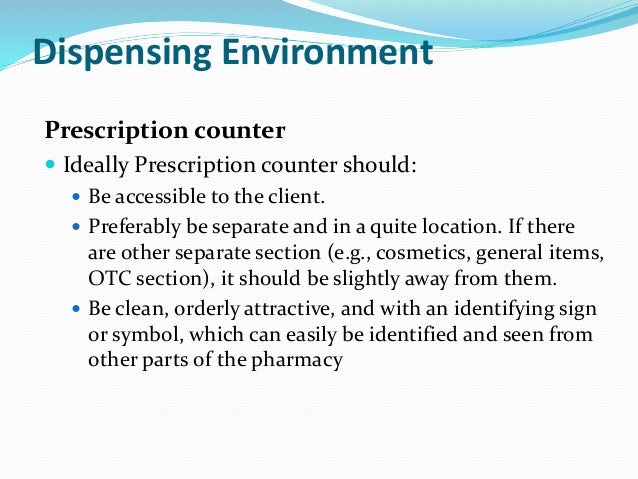
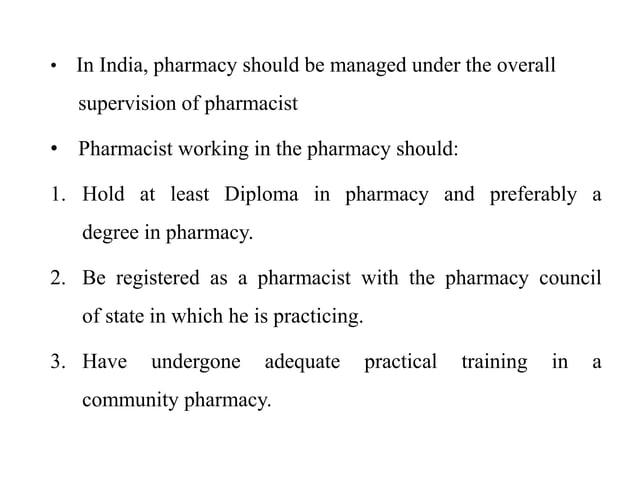

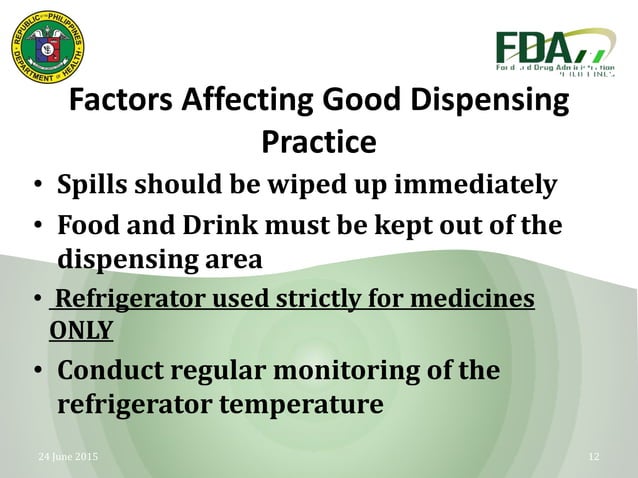
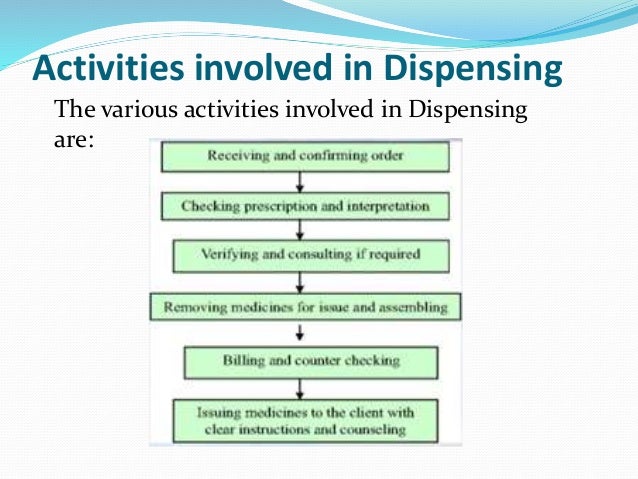
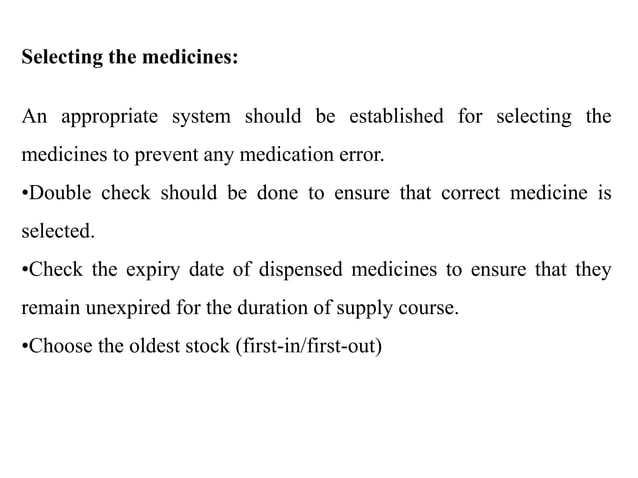
+May+be+given+to+dispensing+practices+who+are+affected+by+the+granting+of+an+application+for+a+new+pharmacy..jpg)
